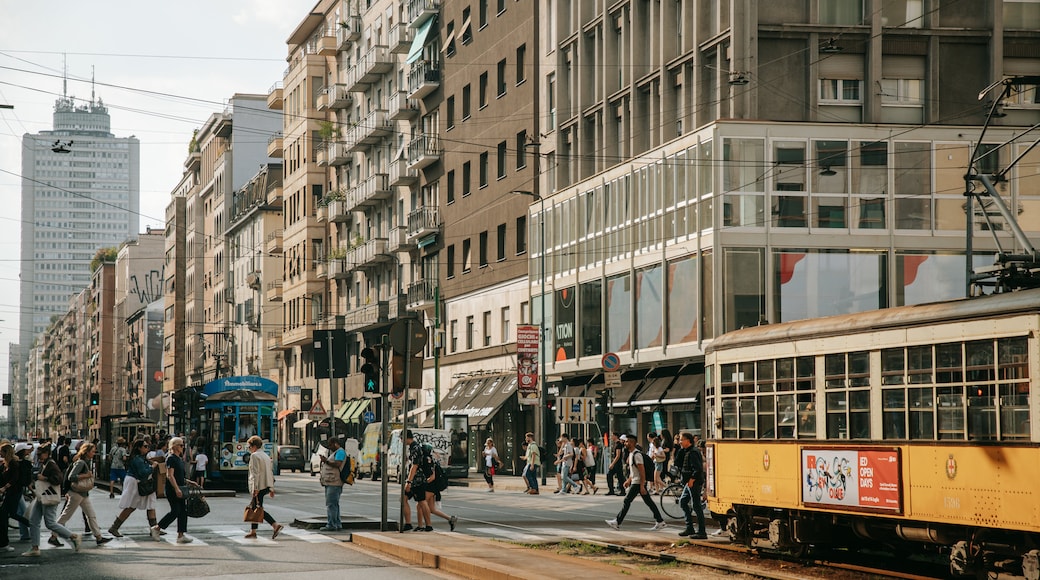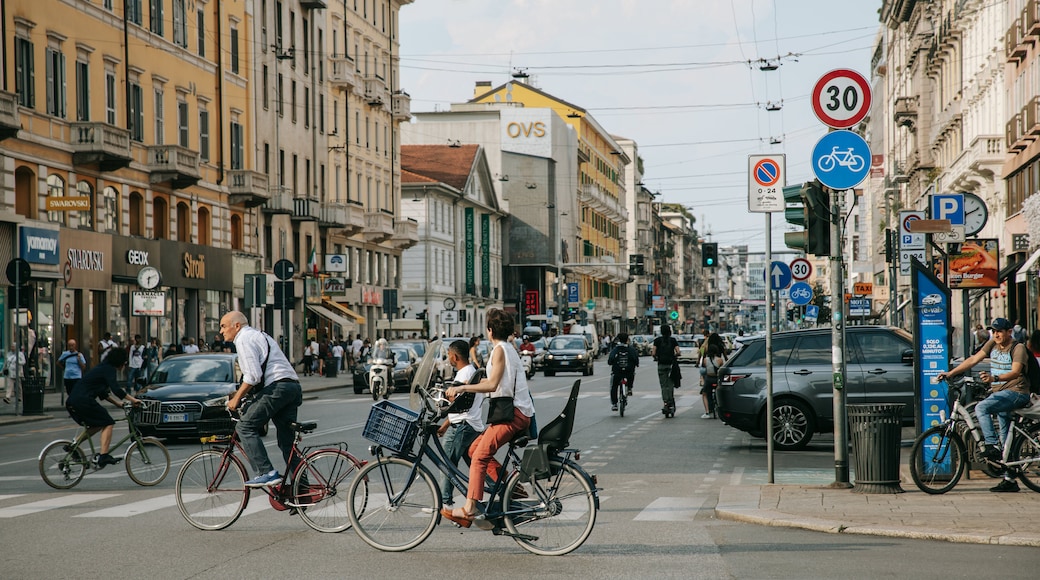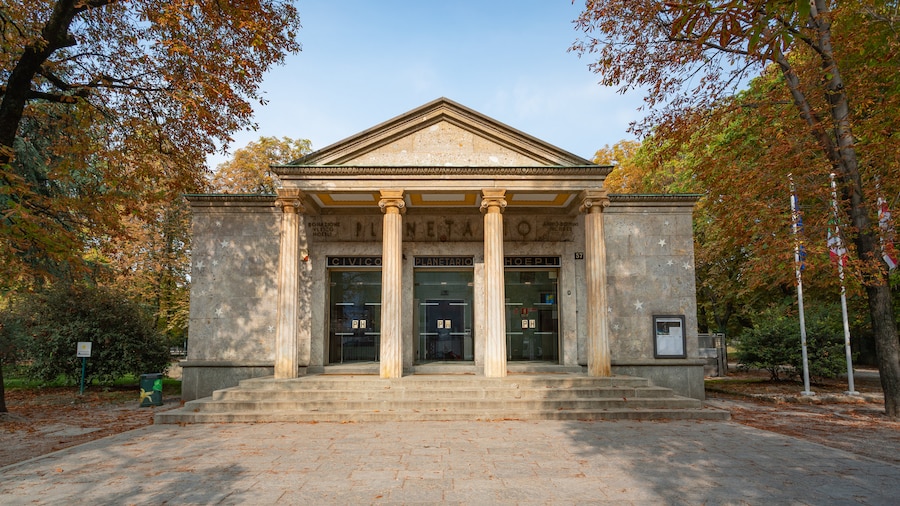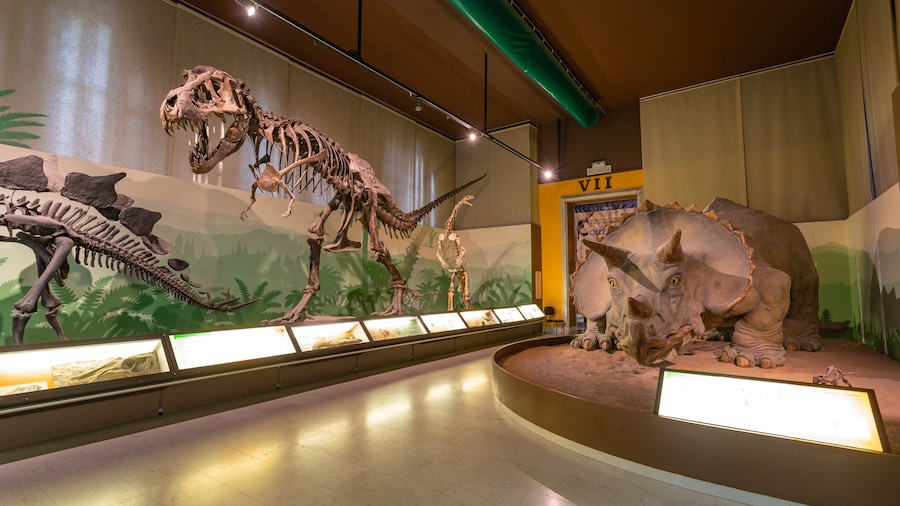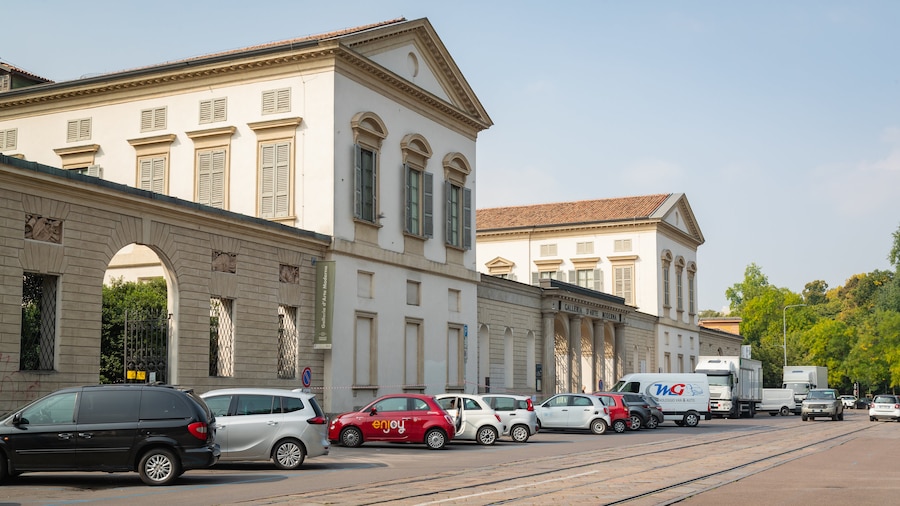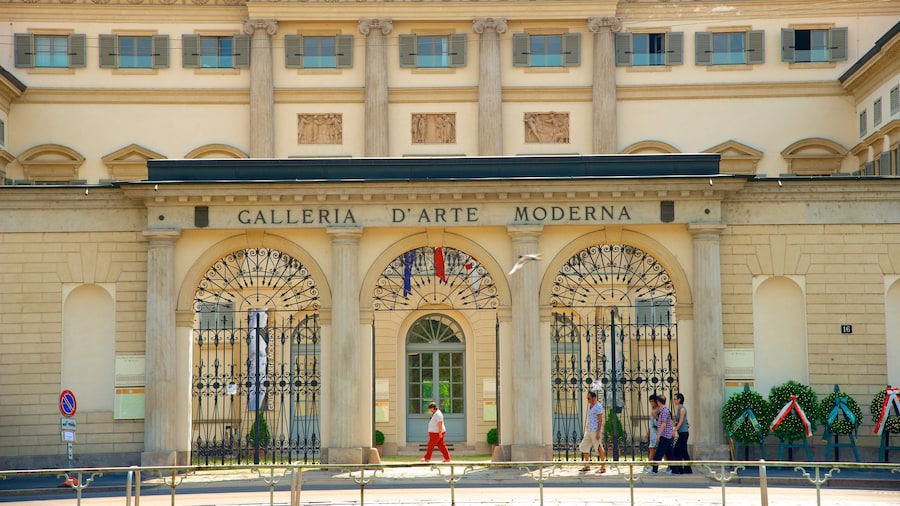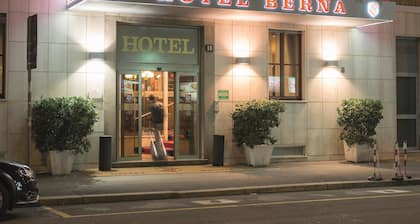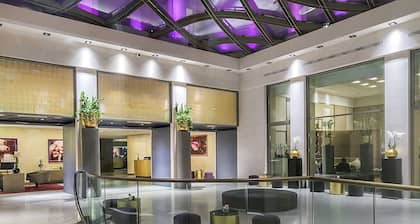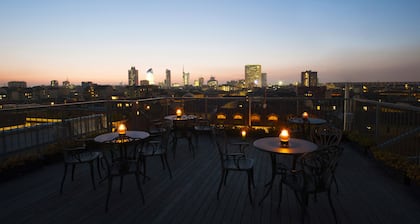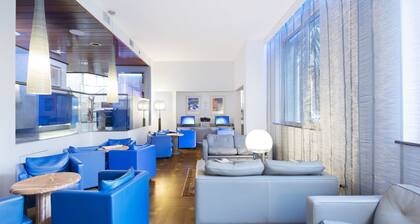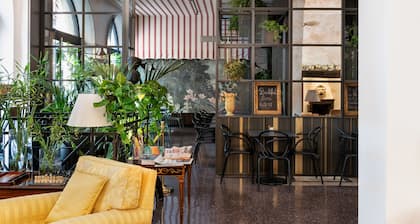Visit the Porta Venezia on your way to exploring the shopping, clubs and restaurants of the adjoining district. Pausefor a few minutes to appreciate the gates’ spectacular neoclassical forms and the many changes it has seen over the last 2,000 years. Though it shares a name with one of Italy’s other great northern cities, the gateway is truly Milanese, and has a varying and sometimes mythical past.
The structure that stands at the start of the Corso Buenos Aires was built in the 1820s, but a gate has stood here dating back to Roman times. For most of its history, it was known as the Porta Orientale (the Eastern Gate), despite its northeastern orientation. More commonly however, it was known as the Porta Renza, a name which has no meaning.
Unlike most of Milan’s gates, the Porta Venezia is not an archway but two twinned customs buildings. Imagine the hubbub that would have taken place as merchants and farmers from all around Italy would line up between them to have their produce inspected.As the cars rush by on the busy street, replace in your mind’s eye these modern sounds with the whinnying of horses and the shouts of impatient men.
The elegant arches are most striking late at night, when lighting creates stark shadows between the white stones. Be sure to come back in the day to see its little details though. Notice the statues which stand below the small archways staring proudly out. Spot the crest of the district, a black lion on a silver background, engraved into the stone.
Porta Venezia opens up onto the Giardini Publicci, a 20-minute walk, 15-minute bus ride or 10-minute drive from Milan’s central train station. Take the metro from the Duomo in 5 minutes or walk in 25 minutes. A metro stop is located right near the gate, making it easy to access from almost anywhere in the city. There is limited parking available in the area, so it is best to travel here by public transportation. The interior of the buildings is not accessible to visitors.
